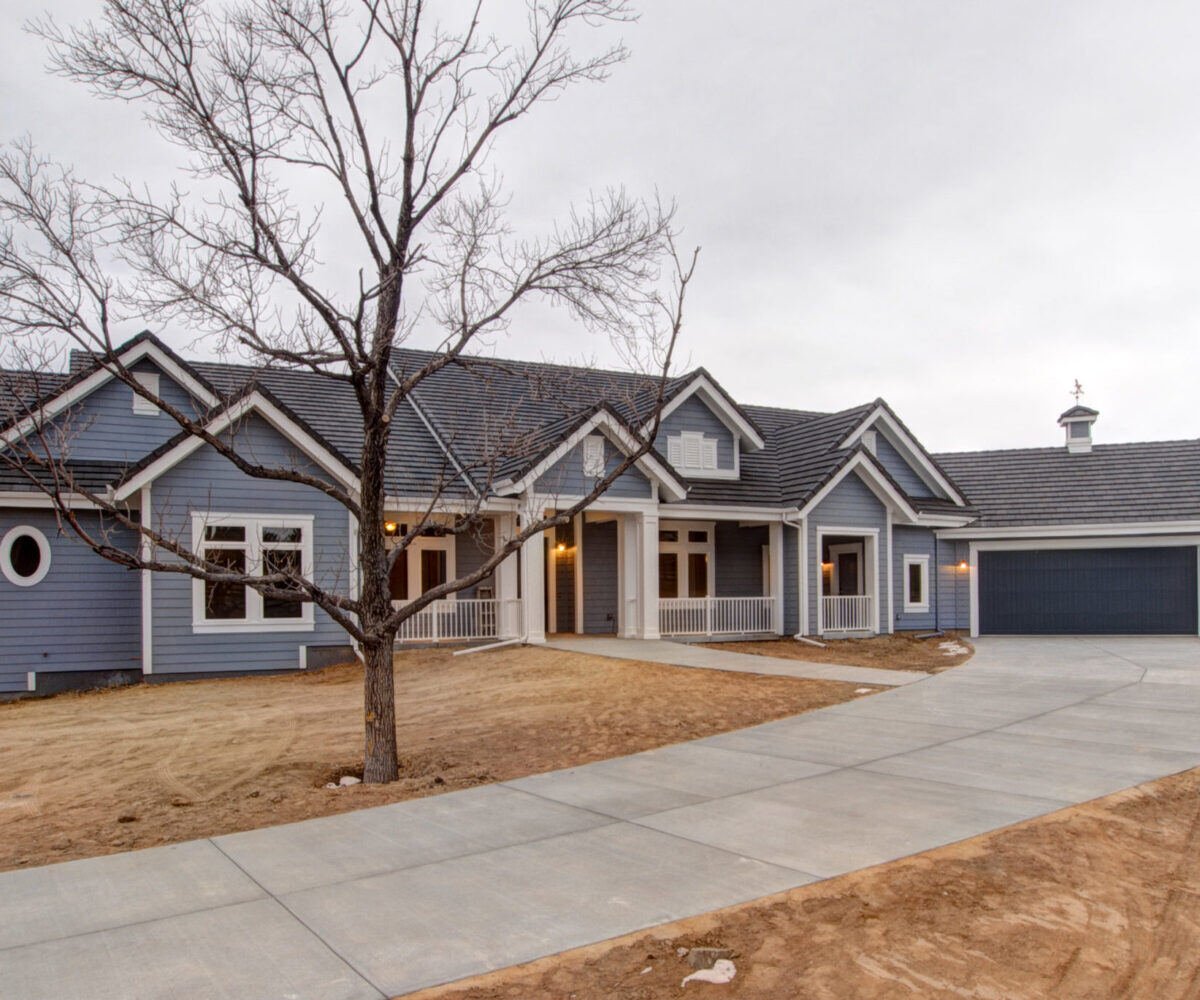7 Cost Saving Tips for Custom Home Buyers

You don’t have to look far to find a plethora of personalized products (say that five times fast!). From monogrammed linens and shirts to the ever-present license plate keychains on display at the convenience store checkout, there’s something we like about customization–putting our mark on an item to make it our own. Sometimes, however, custom products come at a price, While the keychain at the gas station may cost only $5, try getting a vanity plate for your car in most states and you’ll spend a lot more than that. What about custom homes? Is there a way to get what you want in a home–make it your own–without breaking the bank?
Believe it or not it can be done, if you’re willing to put time and effort in up-front researching options and preparing a budget. Taking time to work through and consider the following points may get you closer to that custom home you’ve been dreaming about!
1. Set a budget and stick to it
Find out ahead of time how much you can afford for a mortgage payment, how much cash you have available for a down payment, and what type of loan and the interest rate for which you can qualify. Having these parameters in place will help determine the type of house you can afford to build, i.e, the amount of customization, the size, location, etc.
2. Get several bids and choose your builder wisely
Don’t go with the first builder you meet. Interview several, ask for client references and follow up with them. Make a list of questions you want to ask prior to meeting with both the builder and the client references.
3. Buy land on which it’s easy to build
Not all lots are created equally. You may have found a beautiful lot in the mountains, but it may not be tied into local water and sewer systems, which adds considerably to the cost, or it may be so remote that large construction equipment will find it difficult to access. What about rocks and trees that will have to be cleared, and ground to be leveled? Think through all of these scenarios before purchasing a lot.
4. Elect for a smaller, open footprint
Open-concept plans have fewer walls, which can equate to less material. The footprint of a home, however, should be your greatest consideration. Building a ranch-style home proves more expensive than a two-story home due to its larger footprint (think, more roofing and exterior material).
5. Choose the right aesthetic
First, identify your own design aesthetic, which will help guide you in the selection process. Come to terms with the fact that you don’t have to have everything perfect all at once. Perhaps there are some projects that can be postponed and DIY’d or contracted out at a later time. Above all, establishing your overall vibe, or look, will keep you focused in one direction and help you avoid getting distracted by the many options available.
6. Choose cost-effective must-have features
Consider that not every “must-have” item on your list is cosmetic. For example, adding extra insulation for sound attenuation is much more cost-effective (not to mention feasible) to do at construction than it is after the fact, and it’s something–though unseen–that can add greatly to the enjoyment and comfort of your new home.
7. Save green by going green
Building a new home from the ground up poses the ideal time to start with a clean slate of ENERGY STAR® appliances and home systems. Installing only one or two such appliances won’t noticeably impact energy costs, but when teamed with other ENERGY STAR®-rated appliances and HVAC units in the home, you will begin to see a return on your investment over the years.
/Sheffield_Logo_Horizontal_Reversed.png)


